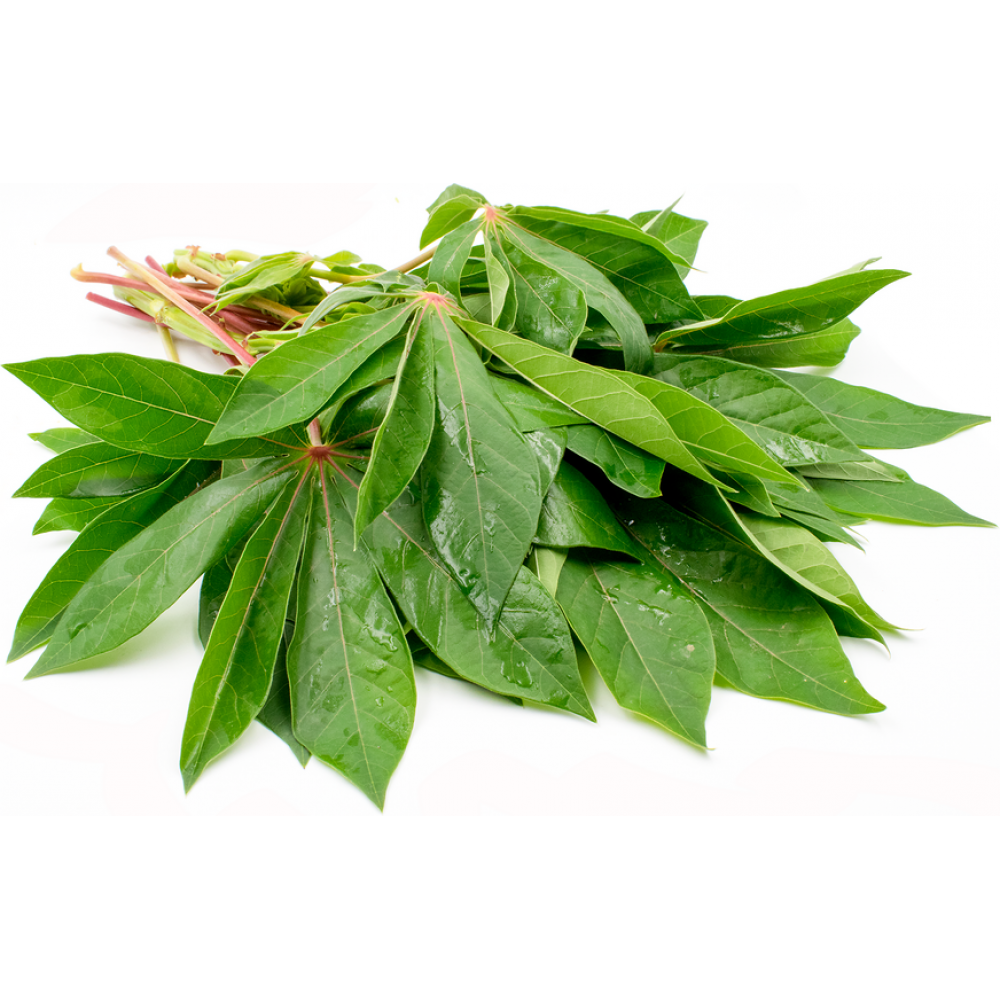
The acute lethal dose of hydrogen cyanide for humans is reported to be 0.5 to 3.5 mg per kilogram of body weight.

Death due to cyanide poisoning can occur when the cyanide level exceeds the limit an individual is able to detoxify. In humans, the clinical signs of acute cyanide intoxication include rapid respiration, drop in blood pressure, rapid pulse, dizziness, headache, stomach pain, vomiting, diarrhoea, mental confusion, twitching and convulsions. What are the Symptoms of Cyanide Poisoning? The potential toxicity of a cyanogenic plant depends primarily on its capacity to produce hydrogen cyanide. However, as a result of enzymatic hydrolysis by beta-glucosidase following maceration of plant tissues as they are eaten, or by the gut microflora, cyanogenic glycosides are broken down to release hydrogen cyanide which is toxic to both animals and humans. Cyanogenic glycosides alone are relatively non-toxic. There are at least 25 cyanogenic glycosides known to be found in the edible parts of plants. What are Cyanogenic Glycosides?Ĭyanogenic glycosides are a group of chemical compounds which occur naturally in over 2 000 plant species. The CFS alerted the trade to stop selling the affected products. The CFS contacted the relevant authorities and was informed that the affected products had been exported to Hong Kong. The appeal was made following a warning issued by the Food Standards Australia New Zealand (FSANZ) due to the higher-than-usual levels of naturally occurring cyanogenic glycosides in the ingredient cassava in a batch of exported vegetable crackers. On 14 January 2008, the Centre for Food Safety (CFS) advised members of the public to avoid consuming Piranha brand crackers and snacks manufactured by Tixana Australia Pty Ltd.


Risk Communication Section, Centre for Food Safety Background Food Safety Focus (19th Issue, February 2008) – Incident in Focus Cyanide Poisoning and Cassava


 0 kommentar(er)
0 kommentar(er)
